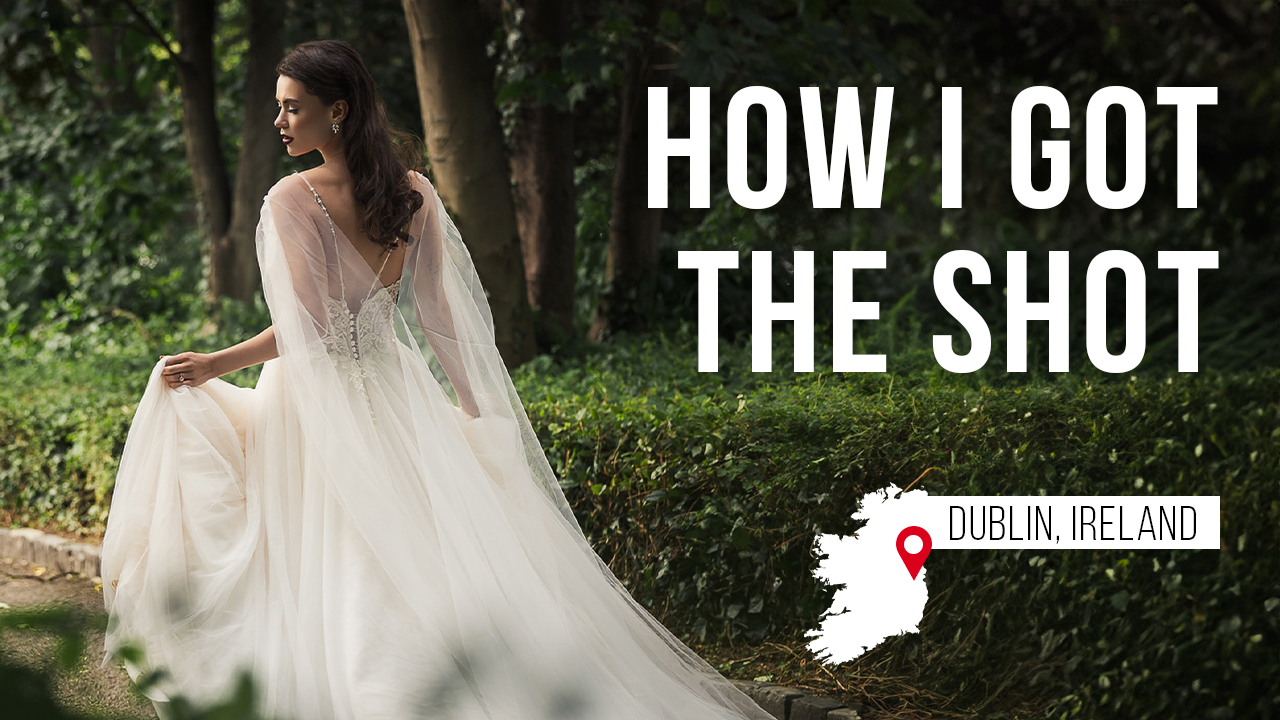5 Ways to Communicate With Your Clients with Vanessa Joy
The standards for client communication are changing constantly; what might have been standard five years ago just isn’t anymore. In general, communication with clients is now about more texting/internet time and less in-person/phone time. You’ll find that not knowing how to talk to your clients in the language and medium that they prefer will lose you potential business and cause you stress for no reason. If you are working on weddings, learn how to “speak bride”; for other photography contexts, learn what it means to “speak the client’s language.”
When you know what the best ways to communicate with your clients are, the stress level goes down—well, goes down some. Here are some ways to make sure your clients feel like you’re super responsive and always there for them.
1.Communicate, Communicate, Communicate
As the percentage of clients who are also millennials and Gen Z (or whatever they are calling younger-than-millennials) is going up, you’ll see that your clients spend a lot of quality time with their phones. To reach them well, you have to learn how to use the devices they love so much.
You may be finally getting the hang of sending comprehensive emails, but most likely, when a client sees a long, text-heavy email, they just won’t read it. We need to email our clients, and email via automations as well, but how we email needs to change. If you get leads through email, of course you should respond via email, but honestly, I respond and reach out however I can: I send a quick text, or I comment on Instagram. I try to respond in the method that the lead first used to contact me, and then later move them to email so I can get them in my normal workflow. Absolutely use a good old-fashioned phone call, though, if that’s how your lead reaches out.
Basically, make yourself as available on the many forms of communication as you can, and importantly, monitor all those avenues. You want to be just as responsive on Facebook and Instagram as you are on email. Think of this as building your business: communication paths aren’t the place to streamline, especially when things change so fast. You need to be wherever your customers are.
2.Make Videos
Video isn’t just the hottest thing in marketing—it’s incredibly useful for making sure clients feel ready for the next step in the photography process. For instance, if you make a valuable “Frequently Asked Questions” video instead of a long FAQ page on your website (or in addition to it, if you really love that FAQ page), you get a bunch of benefits:
- People connect more with you if they’ve seen your face and heard your voice, but in the video format, they don’t have to speak back to you (cue joke about millennial fear of talking on the phone? Nah, moving on.)
- The video ensures that, when they see that it is super short, they’ll actually hear everything you want them to know for the next session or interaction with you.
- You still get to have the video afterward (phone calls, you know, evaporate into the ether). Use the video as part of a YouTube channel, on another social media channel you’re popular on, or as part of your website … or all of the above! New content brings in new clients, especially if you add a searchable transcript.
Not quite sure when this would be useful?
Visit www.animoto.com/vanessa-joy to see how I’ve used marketing videos to guide my clients and offer value to those who stop by my site.
3.Use Social Media
Social Media is a wonderful way to find new clients, so jump on whatever media you prefer: get on Facebook, Instagram, even Snapchat, if that’s your style. However, realize that your clients are finding you there, and as they get to know your brand through your social media, they think they are getting to know you, so make sure what you post is fully in line with the brand you want to convey.
Everything you post should run through a filter in your mind: “Do I want someone to ask me to do exactly this again?” If you cannot say a wholehearted “Yes,” then rethink what to post next. This is crucial for what types of photos you post. My brand is a bright and vibrant style. Do I take dark and moody photos? Absolutely. But I don’t put them on social media, because it’s not what I want to train my clients to expect from me.
4.Be Fast
Yes, it’s one thing to have the overall expectation of twenty-four hours to respond to an email, but that just isn’t the standard anymore. Most clients want to hear from you nearly-immediately, i.e. within about one to five hours. The expectation is that you’ll get back to them as soon as you are out of whatever your current, super-pressing, meeting-with-the-President-level activity might be. Honestly, many of them may expect you to respond immediately, no matter how busy you are with some other important photoshoot.
Obviously, you may be so busy that one-hour response times are a pipe dream, so instead of responding to clients in a way that seems super late to them, figure out a solution! 17Hats is a great client management system option, though there are also lots of others out there that can keep you organized and ensure that no client or lead falls through the cracks.
Another good option is a virtual or in-person assistant, someone who knows enough about your business to keep the communication channels with your clients open and moving forward. When you find the right assistant, they bring amazing value.
5.Always Share What’s Next
This tip is a timeless truth: Many of your clients won’t know what to do next or when to contact you. If you are already getting in touch with them about proofs being done, why not tell them that the next step is to set a time for an album design consultation? Your clients will feel more certain of themselves and more sure of you if they know what the timeline is, what’s happening next, and where you’re going together from here. Yes, that’s more work for you to convey all in one message, but it is well worth it for the client satisfaction and their gushing rave reviews afterward.
Remember, especially in a wedding photography setting, many of your clients have never done this before and may never do it again. You want to make this part of a much bigger and more complex planning process for them, so easy that they see you as a major source of wedding Zen … or at least a really great communicator.
Feel like you are still figuring out what the brand is that you want to convey through your social media? Download the free eBook “9 Secret Ways to Brand Your Business” at www.BreatheYourPassion.com—once you’ve made your mark, you’ll be ready to do amazing outreach to clients that will keep them engaged and moving forward with you as their photographer.




